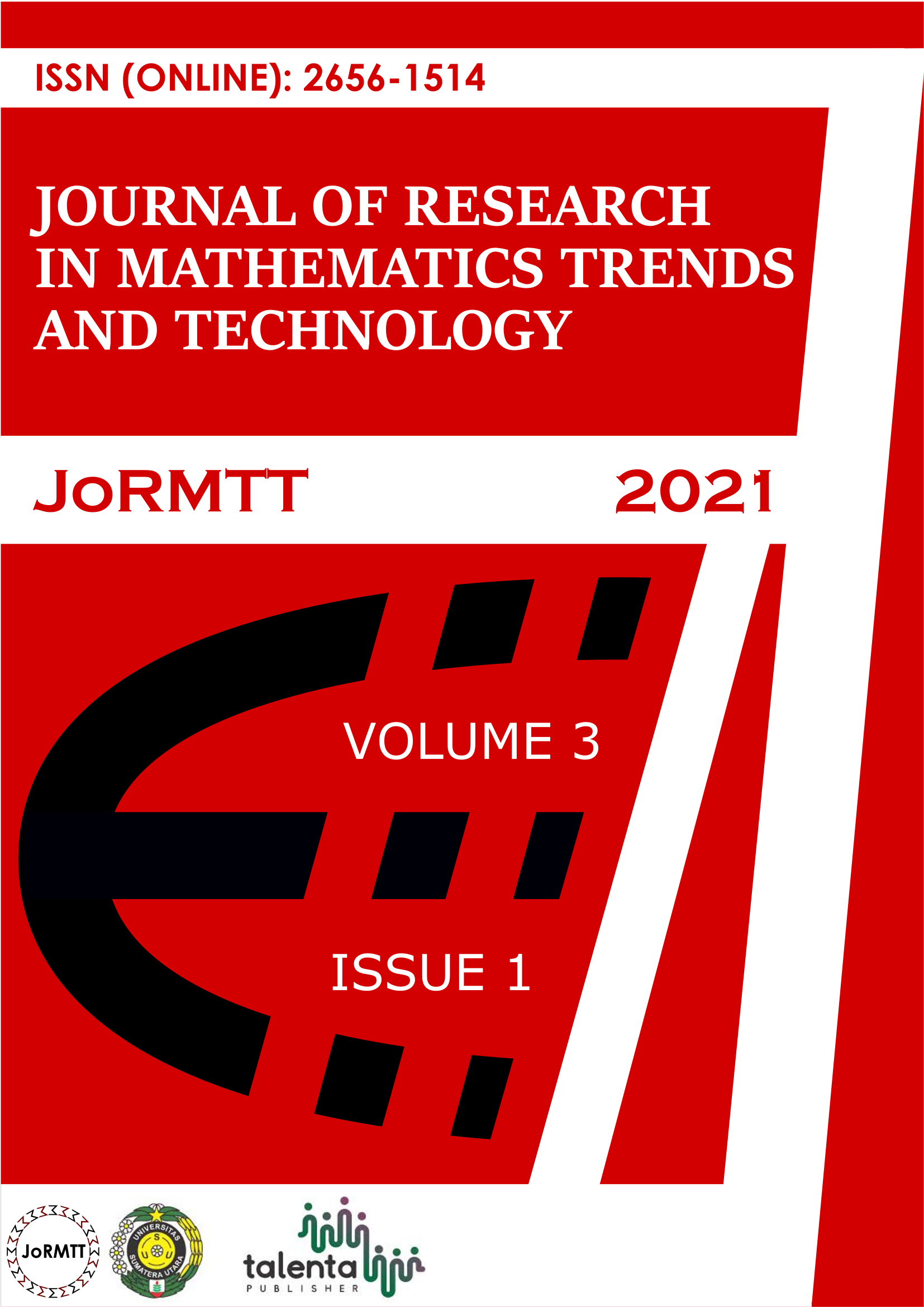Performance Appraisal of Managerial Civil Servants Using the ANP Method and Rating Scale at the Human Resource Development Agency
DOI:
https://doi.org/10.32734/jormtt.v3i2.9118Keywords:
Employee Performance, Analytic Network Process (ANP), Rating ScaleAbstract
Employee performance appraisal is very necessary to know the skills or abilities of each employee. Employee performance appraisal carried out at the Human Resources Development Agency still require employee performance evaluations for the performance of each employee. The purpose of this study was to determine the performance of employee using the Analytic Network Process and Rating Scale methods, where the ANP was used to weight each criteria and sub-criteria with the result of the weighting of the criteria namely: service orientation (0,051197), Integrity (0,254363), commitment (0,150948), discipline (0,190137), cooperation (0,353354) and for the weight of each sub-criterion, being friendly (0,060724), completing work quickly and precisely (0,129413), working properly, honestly and regularly (0,080407), working well even though not supervised by the leadership (0,132196), have goog character (0,041760), have loyalty (0,175543), have responsibility (0,108780), do not delay work (0,069031), never go absent without clear reasons (0,107260), are able to work togather with colleagues (0,043688), like to help colleagues who are in trouble (0,014759), able to communicate well (0,036438). While using the Rating Scale methods has different values, employees with the highnest performance is Rosniari (4,762981) and lowest is Masdalifah (3,770376)
Downloads
Downloads
Published
How to Cite
Issue
Section
License
Copyright (c) 1970 Journal of Research in Mathematics Trends and Technology

This work is licensed under a Creative Commons Attribution-ShareAlike 4.0 International License.
Authors submitting a manuscript do so on the understanding that if accepted for publication, copyright of the article shall be assigned to Journal of Research in Mathematics Trends and Technology (JoRMTT) and Faculty of Mathematics and Natural Sciences as well as TALENTA Publisher Universitas Sumatera Utara as publisher of the journal.
Authors still retain the rights to use and share the published articles without written permission from JoRMTT, as long as they follow the Creative Commons Licensing Terms as set forth by Creative Commons. Authors responsible to obtain the license or related copyright issues in their works. JoRMTT shall be released of any liabilities should any problems arise due to authors errors in this matter.
Authors permit JoRMTT to publish and provide the manuscripts in all forms and media for the purpose of publication and dissemination.
JoRMTT will follow COPE Code of Conduct and Best Practice Guidelines for Journal Editors to protect the research results and takes allegations of any infringements, plagiarisms, ethical issues, and frauds should those issues arise. The manuscript is attributed as authors' work, and are properly identified.
The Copyright Transfer Form can be downloaded here.
The copyright form should be signed originally and sent to the Editorial Office in the form of original mail or scanned document.
Users are free to:
- Share (copy and redistribute the material in any medium or format)
- Adapt (remix, transform, and build upon the material)
under the following terms:
- Attribution (must give appropriate credit, provide a link to the license, and indicate if changes were made. You may do so in any reasonable manner, but not in any way that suggests the licensor endorses you or your use)
- NonCommercial (may not use the material for commercial purposes)
- ShareAlike (If you remix, transform, or build upon the material, you must distribute your contributions under the same license as the original)
- No additional restrictions (You may not apply legal terms or technological measures that legally restrict others from doing anything the license permits)
Notices:
You do not have to comply with the license for elements of the material in the public domain or where your use is permitted by an applicable exception or limitation.
No warranties are given. The license may not give you all of the permissions necessary for your intended use. For example, other rights such as publicity, privacy, or moral rights may limit how you use the material.













